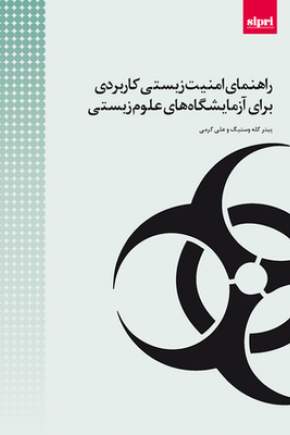Handbook of Applied Biosecurity for Life Science Laboratories, Farsi translation
Biosecurity covers a broad spectrum of potential risks and threats ranging from criminal activities to bioterrorism and espionage. This handbook focuses on the laboratory related activities and basic components of applied biosecurity that are relevant to all laboratory employees. The role played by laboratory managers and principal investigators in safeguarding laboratory assets and the employees under their supervision is also highlighted.
This handbook provides guidance for personnel who work with infectious pathogens and toxins that may affect the health of humans, animals and plants. It aims to engage scientists, laboratory employees and students in laboratory biosecurity, and to provide practical advice that will ensure the secure handling and storage of biological materials.
Acknowledging biosecurity risks and the important role of the employee in maintaining biosecurity is crucial to keeping the workplace safe and secure. Safeguarding infectious agents is also a national legal obligation under the 1972 Biological and Toxin Weapons Convention and United Nations Security Council Resolution 1540.
1. The purpose of this handbook
2. The components of applied biosecurity
2.1. What is applied biosecurity?
2.2. Biosecurity risk assessment
2.3. Applied biosecurity in practice
3. Supervision of applied biosecurity
3.1. Biosecurity concerns for the laboratory manager and the principal investigator
3.2. Managing applied biosecurity
3.3. Biosecurity emergencies
3.4. Training and evaluation
Glossary


